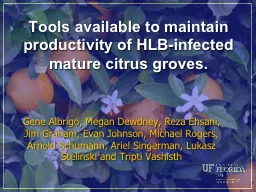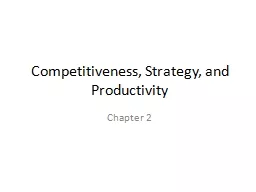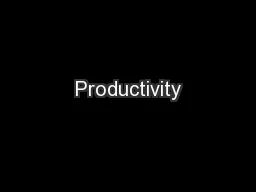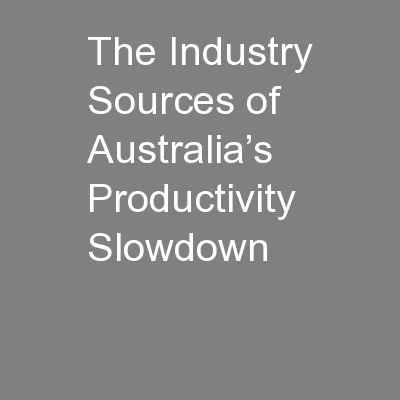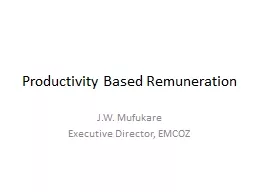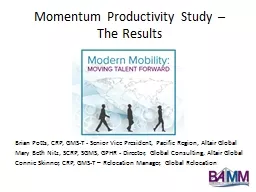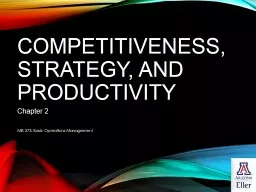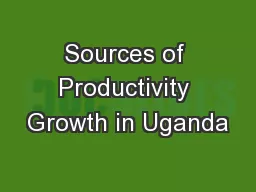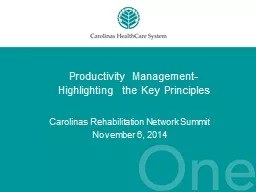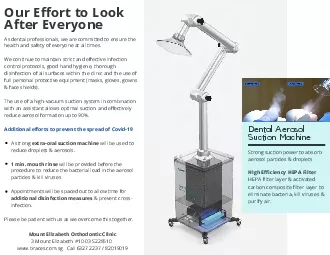PPT-Tools available to maintain productivity
Author : ellena-manuel | Published Date : 2018-03-21
of HLBinfected mature citrus groves Gene Albrigo Megan Dewdney Reza Ehsani Jim Graham Evan Johnson Michael Rogers Arnold Schumann Ariel Singerman Lukasz
Presentation Embed Code
Download Presentation
Download Presentation The PPT/PDF document "Tools available to maintain productivi..." is the property of its rightful owner. Permission is granted to download and print the materials on this website for personal, non-commercial use only, and to display it on your personal computer provided you do not modify the materials and that you retain all copyright notices contained in the materials. By downloading content from our website, you accept the terms of this agreement.
Tools available to maintain productivity: Transcript
Download Rules Of Document
"Tools available to maintain productivity"The content belongs to its owner. You may download and print it for personal use, without modification, and keep all copyright notices. By downloading, you agree to these terms.
Related Documents

